Veterinary laser technology is transforming modern animal care. Once a niche modality, it is now a standard offering in many clinics, providing drug-free, non-invasive treatment for pain management, inflammation, wound healing, and even surgical applications. From laser acupuncture to post-performance recovery in animal athletes, laser therapy is opening new doors in both general and specialized veterinary practice.
However, with this rapid growth comes a crowded marketplace—and selecting the right laser can be daunting. These devices are powerful, versatile, and often come with a significant investment. In this guide, we focus on Class 4 lasers, as they offer broader capabilities than Class 3 lasers, including deeper tissue penetration and faster treatment times.
Top Veterinary Lasers of 2025
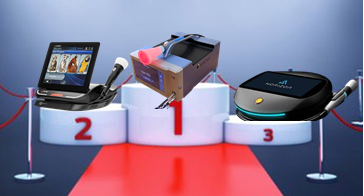
Best Overall — Premium Performance & Versatility
If you’re seeking a top-tier laser with unmatched versatility, the Eclipse® – VLS delivers. This cutting-edge system combines therapy, surgical capabilities, and athletic performance support in one robust platform. It features an advanced IntelliWand™ smart handpiece with integrated sensors and a homogenized nano-optic beam for even treatment coverage. With a high-capacity Li-ion battery, field-ready build, and fast charging, it’s as functional in the clinic as it is on the go.
Pros:
- High power output
- True 4-wavelength system
- Homogenized treatment beam
- Surgical capabilities included
- Extensive treatment protocols
- Portable and rugged
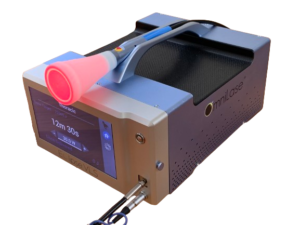
Cons:
- Premium price point
- Newer brand with limited long-term track record
K-Laser’s newest flagship, the LIVE 50 Speciale, boasts an impressive 50W power output and a sleek, futuristic design. The large touchscreen and smart handpiece are standout features. However, the style-forward design sacrifices some practicality—it is not portable, cleaning can be cumbersome, and the display feels less durable than expected.
Pros:
- Extremely high power
- 4-wavelength technology
- Smart handpiece
- Stylish design
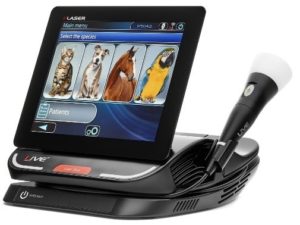
Cons:
- Bulky and non-portable
- Limited treatment protocols
- Non-uniform output beam
- Expensive
🥉 Horizon by Summus
Balance of Features — Compact and Capable
The Summus Horizon combines a 4-wavelength system with a well-designed, portable chassis. It offers a broad selection of preset protocols, a homogenized beam, and a sleek interface. However, independent tests raised some questions concerning the consistency of its reported 28W power output.
Pros:
- 4-wavelength support
- Homogenized beam
- Portable design
- Extensive protocols
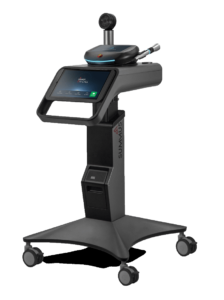
Cons:
- Questionable accuracy in power rating
The third place with Horizon is shared by the Eclipse® – T. A new addition to OmniLase’s product line, the Eclipse® – T is designed specifically for therapy, offering 28W output and a 4-wavelength beam. It shares many features with the flagship VLS model, including a smart handpiece, uniform illumination, and portability. It’s also fully upgradeable to the Eclipse® – VLS, making it a smart investment for clinics that may expand to surgical applications later.
Pros:
- 4-wavelength configuration
- 28W therapeutic power
- Portable and rugged design
- Homogenized beam
- Upgradable to Eclipse®-VLS
- Excellent value for a strictly therapeutic unit

Cons:
- No surgical capability (as sold)
- New product, limited field history
5-6. Cube Performance 30 by K-Laser & P4 by Summus
Best Mid-Range Option — Similar Strengths, Shared Legacy
Both the Cube Performance 30 and P4 occupy the middle tier in terms of price and performance. Given Summus’ former role as a U.S. distributor for K-Laser, it’s no surprise they share design elements and specifications. These systems are excellent choices for clinics seeking performance without the premium price.
Pros:
- Solid power output
- Multi-wavelength capabilities
- Balanced pricing
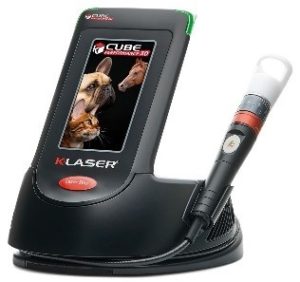
Cons:
- Not as advanced as newer models
- Similar designs may limit brand distinction
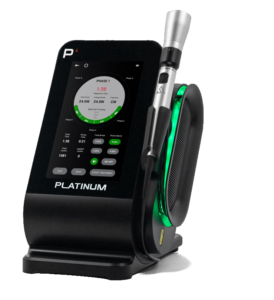
7. CTS-DUO by Companion Animal Health
Most Disappointing — Falling Behind the Competition
The CTS-DUO offers two wavelengths and a 25W output, with a large protocol library. The Empower IQ handpiece, which provides visual and haptic feedback, is an innovative idea but inconsistently executed. Given its comparable price to higher-performing models, its lack of portability and beam uniformity is underwhelming.
Pros:
- Established company
- Extensive treatment protocols
- Adequate power for many treatments
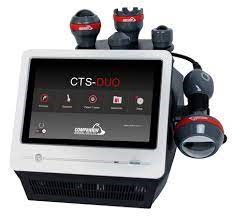
Cons:
- Limited to two wavelengths
- Inconsistent feedback system
- Non-uniform beam
- Not portable
- Lags behind similarly priced competitors
8. ALPHAVET by Multi Radiance & RTL-24 by RW
Most Questionable — Limited Support and Clarity
These two lasers appear to be the same product offered under different names. Specs are similar to the CTS-DUO, but questionable product origin and support quality place them lower on our list. Interestingly, Multi Radiance—once a staunch opponent of Class 4 lasers—has now entered the market with one.
Pros:
- Similar core specs to CTS-DUO
- Entry into Class 4 for Multi Radiance users
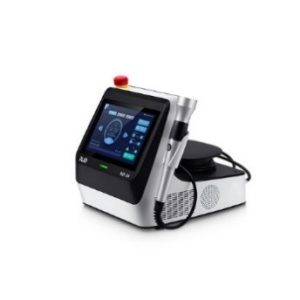
Cons:
- Dubious origin and support
- No clear differentiators
- Former Class 4 skepticism undermines messaging
9-10. CTX-IQ by Companion & Cube 4 by K-Laser
Entry-Level — Outdated But Functional
If you’re on a budget and need something reliable for basic use, the CTX-IQ and Cube 4 are time-tested options. Just remember, these systems reflect where veterinary laser therapy stood 15 years ago. They work, but they lack modern efficiency and flexibility.
Pros:
- Proven reliability
- Affordable entry point
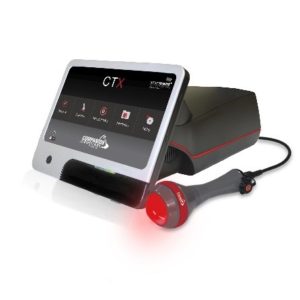
Cons:
- Outdated tech
- Limited power and features
- Less efficient protocols
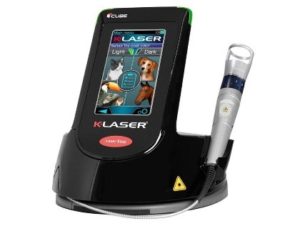
Final Thoughts
Veterinary laser technology continues to evolve rapidly. While many systems offer similar base features, the differences in power delivery, beam uniformity, portability, and clinical support can significantly affect outcomes and ROI.
For top-tier clinics seeking cutting-edge capability, the Eclipse® – VLS leads the pack in 2025. For clinics focused strictly on therapy, the Eclipse® – T offers outstanding value with a pathway to future surgical use. Budget-conscious practices should consider the Cube Performance 30, P4, or even entry-level models like the CTX-IQ.
